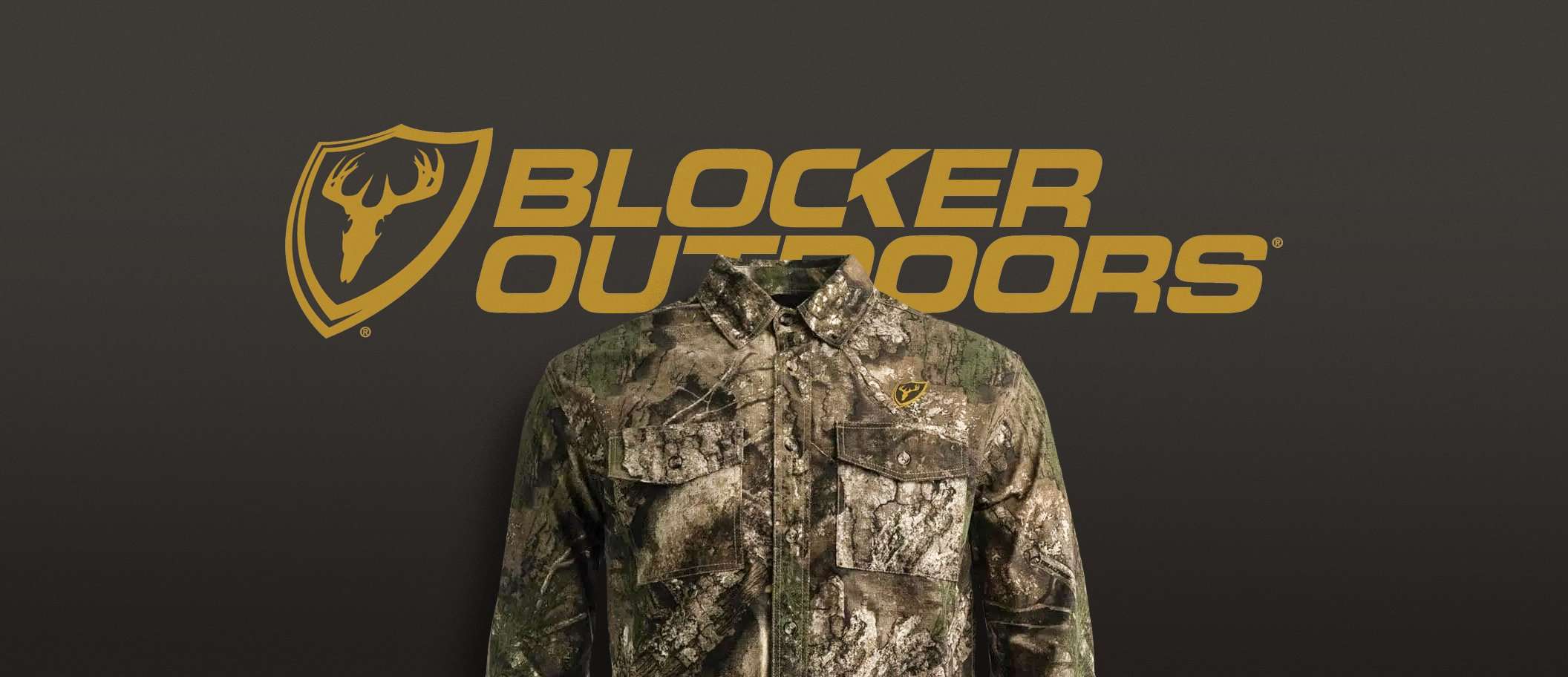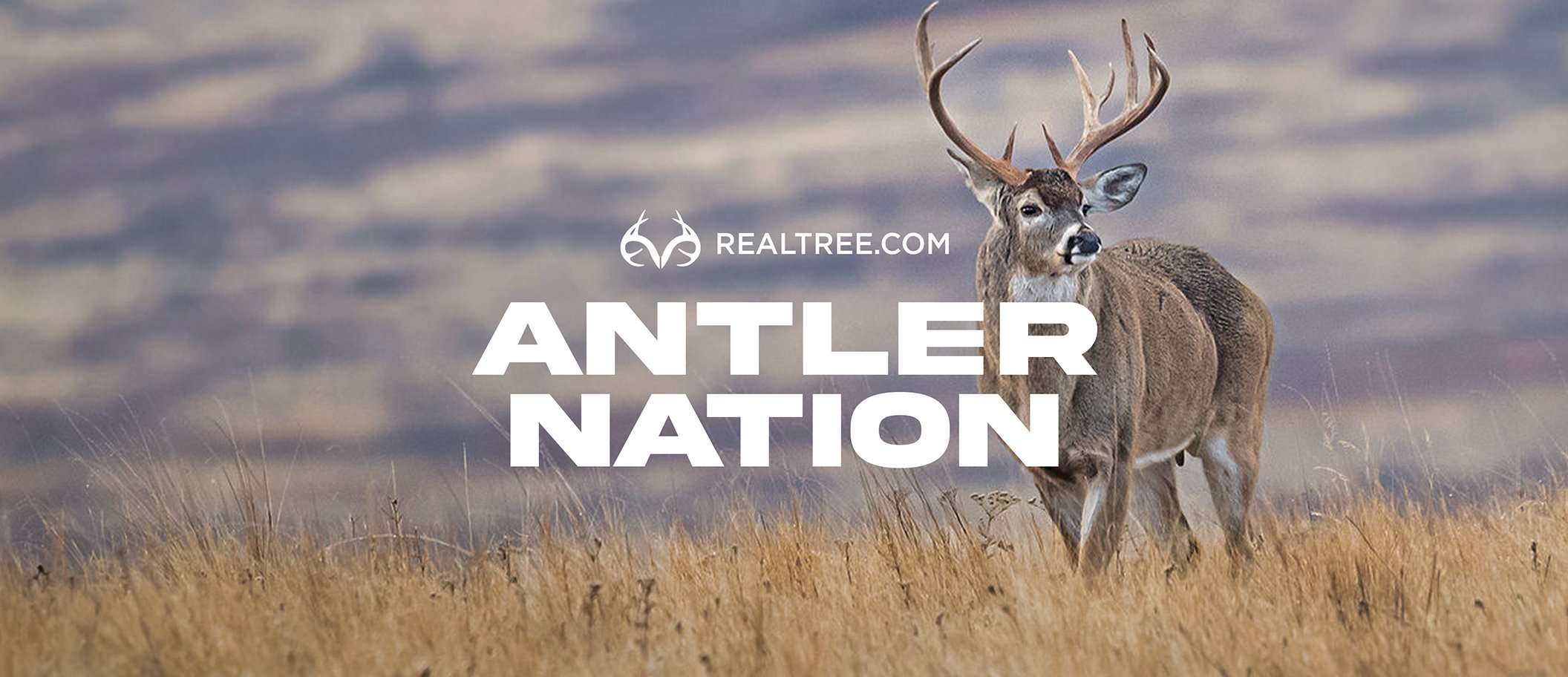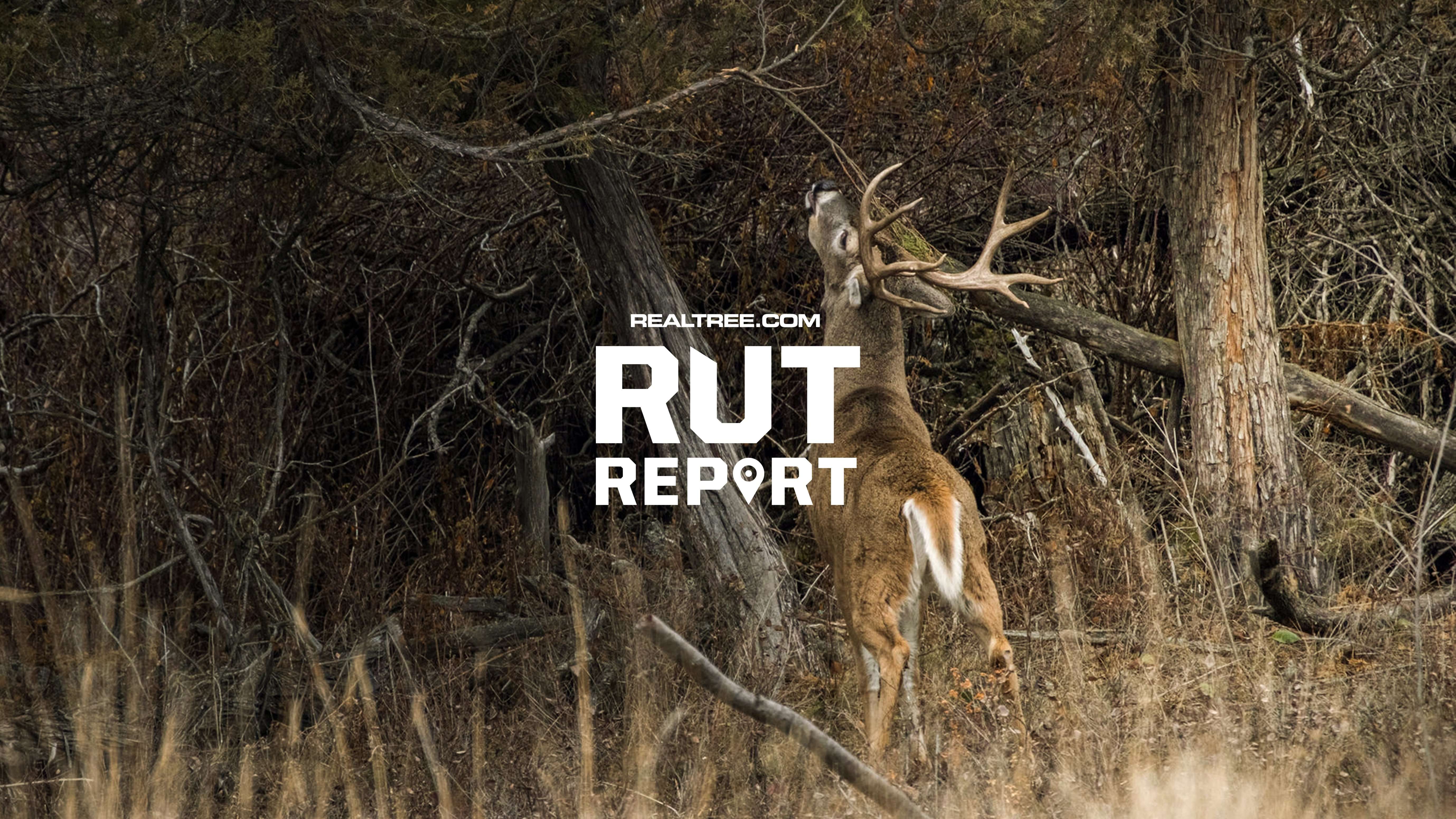With a little work, you can direct deer to move right through your best shooting lanes
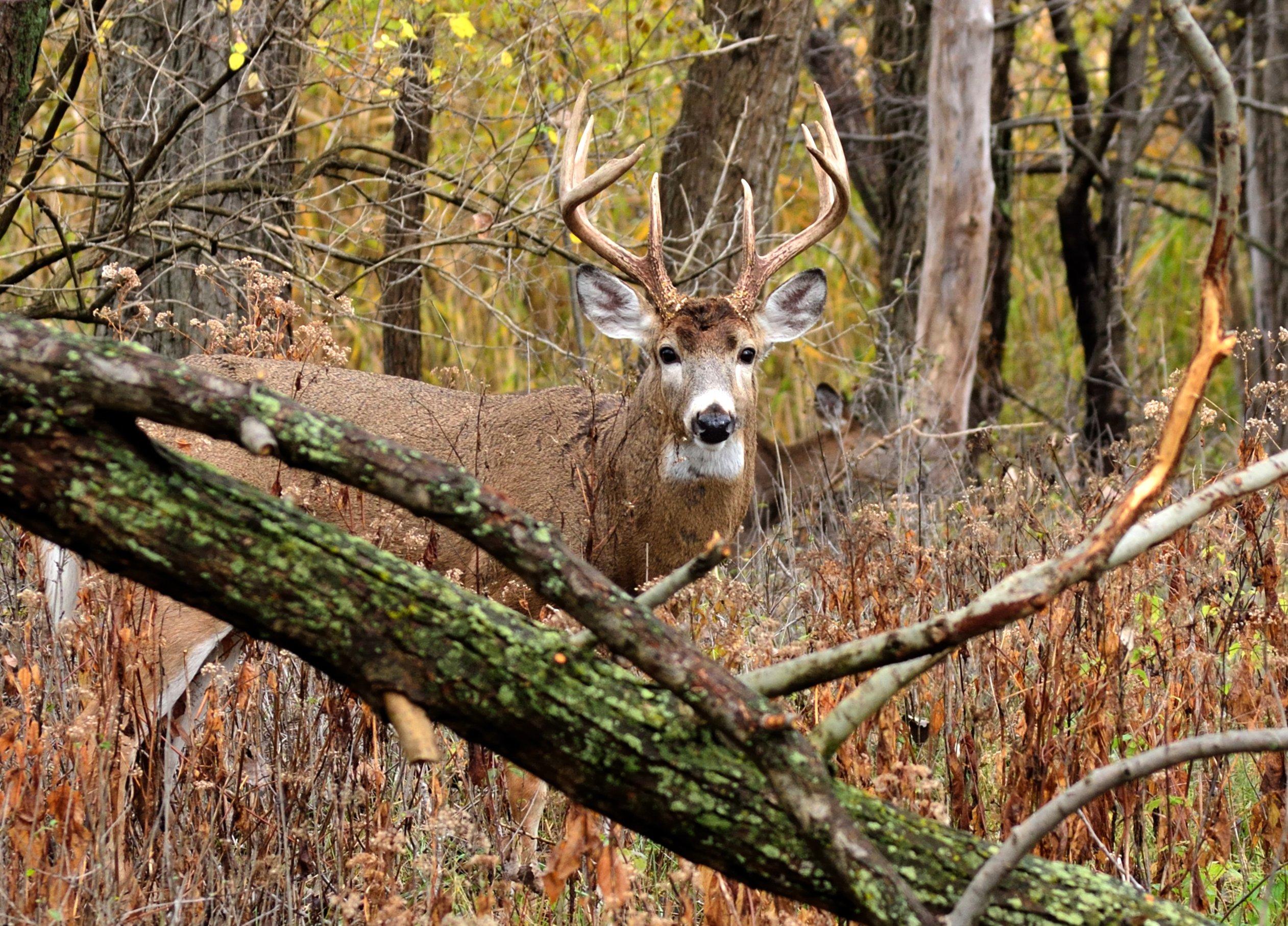
Strategically creating funnels can help create better shot opportunities in daylight hours. (Photo by Bruce MacQueen)
Close your eyes for a minute and imagine a magical place. In mine, I see warm sun, a perfect wind, and lots of huge bucks. Since this is my magical place, all of them are walking right under my tree stand without a care in the world.
Snapping back to the real word, this fantasy can actually become your reality. With a little work, you can funnel deer to walk right to your stand. While habitat management practices have been discussed ad nauseam, adding a deer funnel is rarely included in seminars, books, or YouTube videos.
Properly deploying a funnel will not only force a hunter to learn more about his or her chosen hunting ground but will ideally lead to more shot opportunities during daylight hours on mature deer. With a little scouting and some good, old-fashioned sweat equity, the wildlife expressway is soon to lead right by your favorite hang-on.
UNDERSTANDING DEER MOVEMENT AND BEHAVIOR
Veteran hunters are far from unfamiliar with typical deer behavior over the course of the hunting season. While deer funnels can provide some benefit during the buildup and peak of the rut, the early season and late seasons are when they add the most value. In most states, these two periods coincide with bow and muzzleloader restrictions, and the primary goal of a deer funnel is to pinpoint a deer’s exact location and attempt to refine his already-established travel patterns in a way that is advantageous to the hunter.
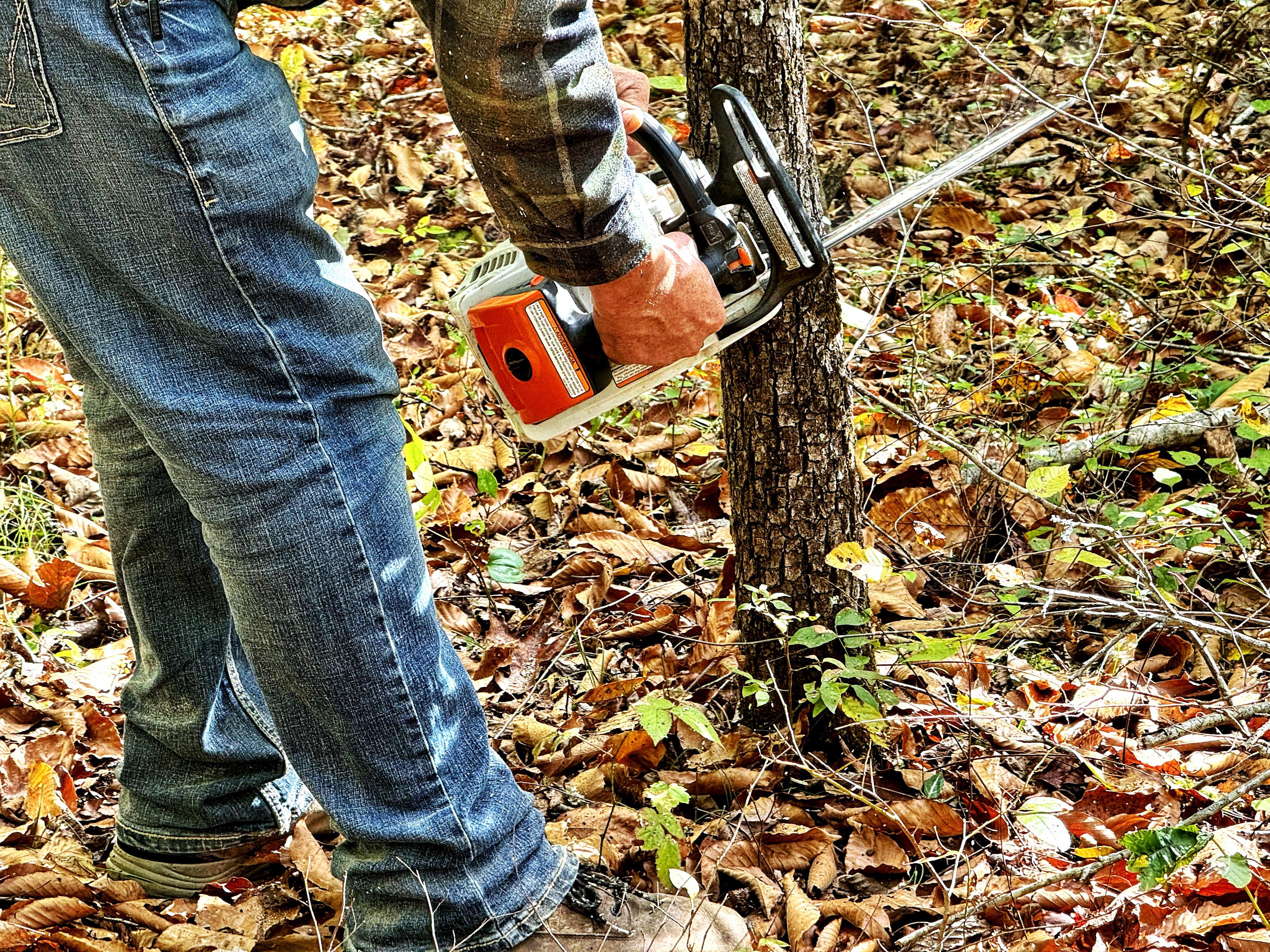
To create a funnel, block areas you don’t want deer to pass and open up areas where you want deer to move. (Photo by Stacy Konway)
During the early season, bucks are gearing up for the rut, and calories are crucial for building enough muscle to become the biggest and baddest boy on the farm. Most deer will operate on defined patterns between bedding during the heat of the day and feeding during the late afternoons, evenings, and subsequent mornings. Once the pre-rut<span>–</span>and especially the rut<span>–</span>starts, all rules go out the window.
Don’t Miss: Pro Tips for Scouting Big Bucks
A rutting buck behaves like a frat boy after breaking up with his holdover high-school girlfriend. When the romance heats up, bucks deplete their calorie reserves by spending day and night chasing does, fighting competitive love interests, and wandering the countryside searching for love.
Later in the fall, once all the does are bred, those same bucks retreat to a defined pattern of feeding and bedding to build back their energy reserves and nurse their wounds as they recover from their physically vulnerable state. Once again, calories are crucial, and the same bucks who were full of vitality only weeks prior, retreat to the deepest and darkest thickets and the bed-to-feed pattern.
LOCATION, LOCATION, LOCATION
Deer funnels are best used to exploit deer habits, but they can be used in a variety of ways. As such, a hunter must know where a target buck is bedding and feeding. The hunter should then use these two well-defined areas to funnel the deer directly by their stand. In many cases, bucks will use the same areas year after year since the same areas likely meet their specific needs. Some funnels are natural, like a saddle or a strip of flora connecting two larger fields or cuts of timber. Others are less obvious, and these are the places where man-made funnels should be placed.
In many cases, deer during the early and late seasons move into agriculture or a food plot as darkness draws near, but they will leave their bed and mosey toward the food source prior to dusk. They will often visit to a watering hole on their way if their intended route permits.
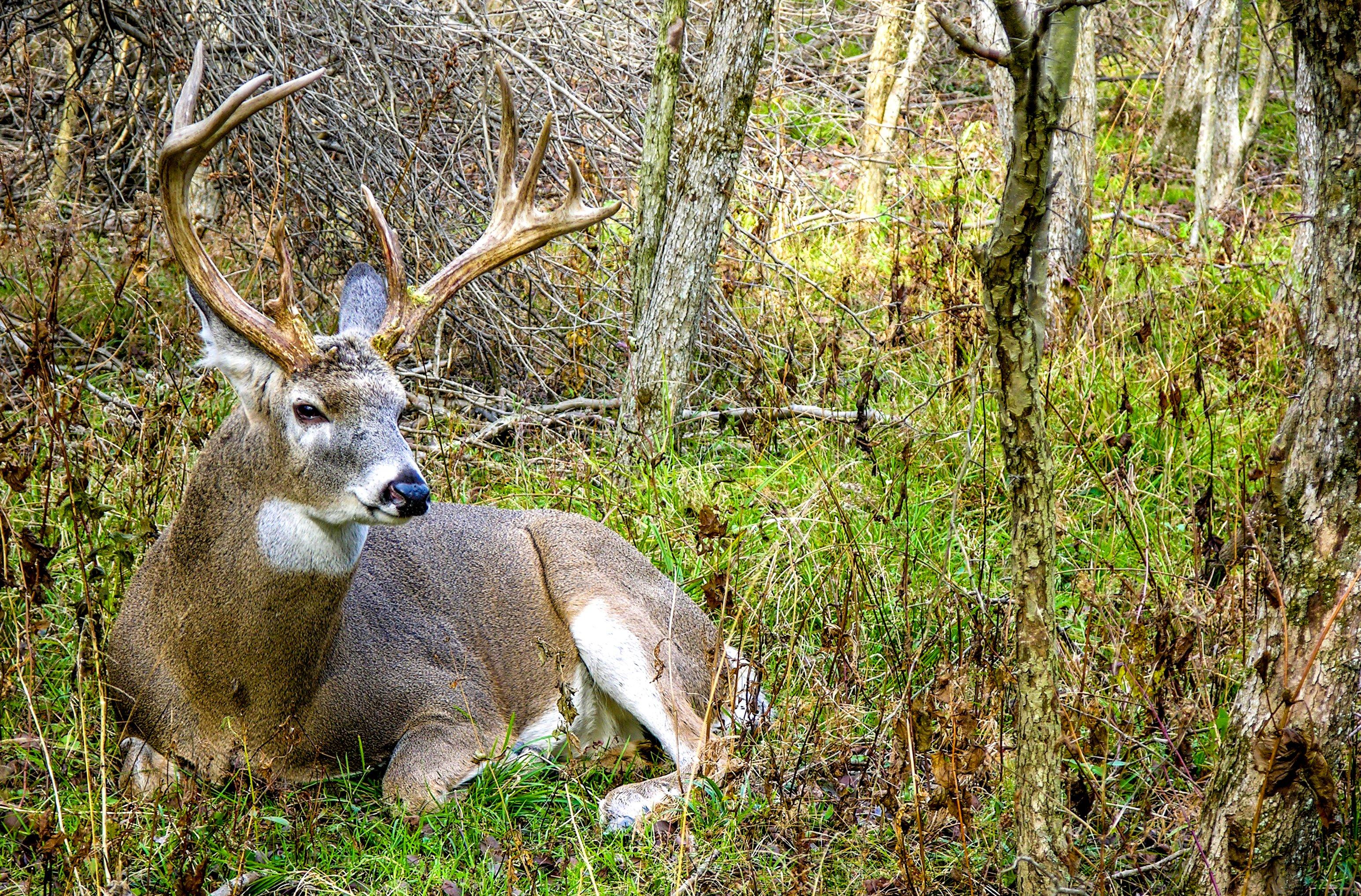
Once the hunter knows where the target buck is bedding and feeding, he can use these two well-defined areas to funnel the deer directly by his stand. (Photo by Bruce MacQueen)
Hunters should learn how deer are moving from Point-A to Point-B on their hunting grounds. Those travel corridors often make wonderful funnel locations. Years ago, I hunted a farm that consisted of mostly open agriculture fields with a few, well-defined thickets that housed bucks. The edges of one of those thickets was nearly trampled from bucks moving in and out of that area. However, the deer weren’t using one defined trail. There were too many trails leading in and out to know which one would be used on any particular day. Every time I would setup on one access point, deer would use the other. The cycle was frustrating, and in hindsight this would have been a perfect spot to funnel deer.
In additional to travel corridors between bedding and food, funnels are also valuable in valleys and draws leading out of wooded hillsides, woods leading into food plots, canopied benches on a slope, lowlands around natural waterways, or any other spots where the potential pass-through is too large for the deer to walk into suitable shooting range.
Hunters should also consider neighboring properties when finding the right location for a funnel. A trophy buck might be bedding on your property and feeding on a neighboring property, or vice versa. View your property from a wider lens to figure out where deer naturally want to move and fine-tune those natural travel routes to your advantage.
HOW TO MAKE A FUNNEL
The concept is simple. A hunter should block areas where they don’t want deer to pass and open areas where they want deer to move. This is the most effective by either creating new trails or modifying existing trails. Those trails should be comfortable for a human to walk through but not big enough for an ATV to drive through. In essence, they should look like a mountain bike trail through the woods.
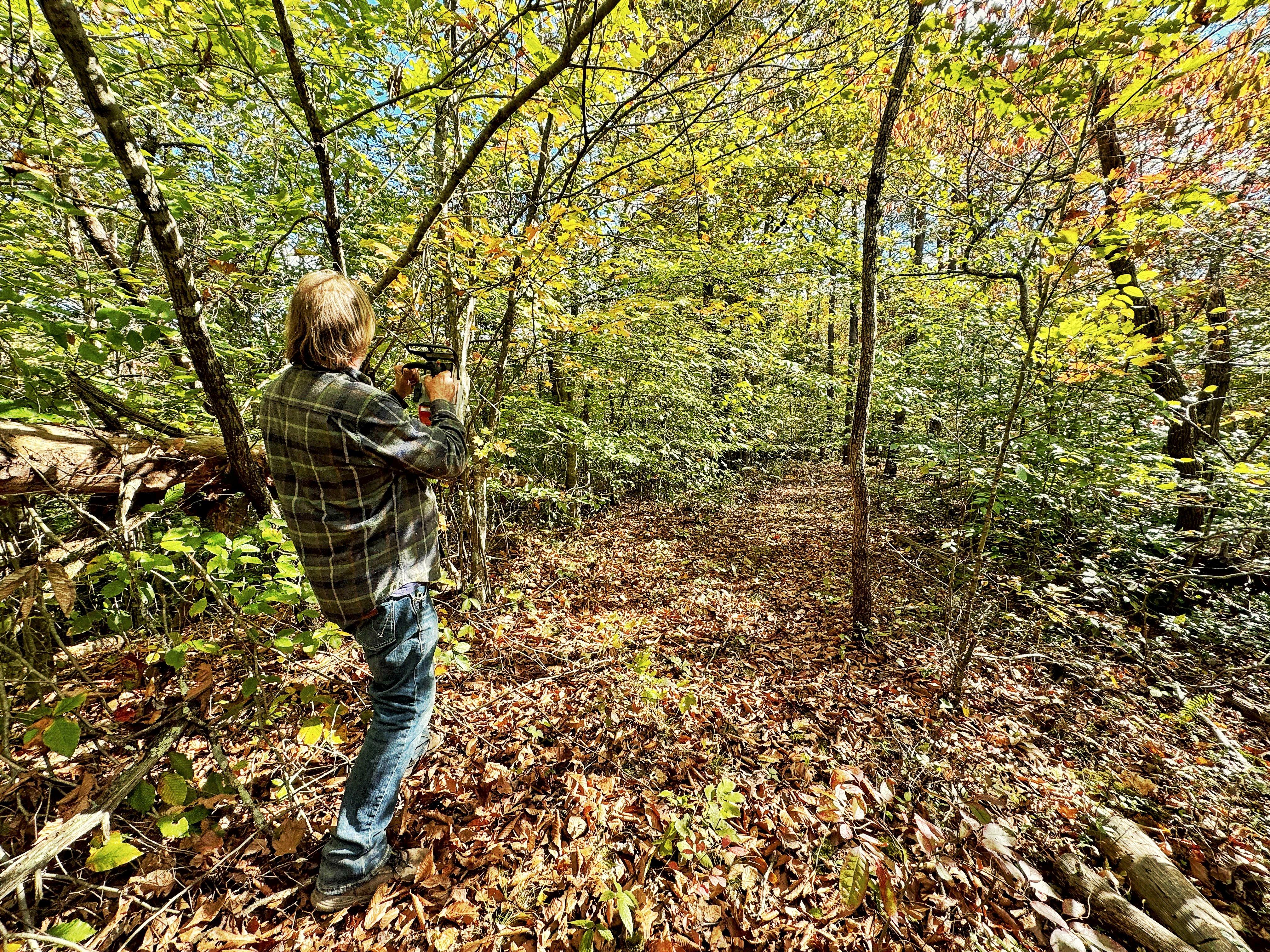
Your trails should be wide enough for a person to walk through, but not big enough for an ATV to use. (Photo by Stacy Konway)
Additionally, the thicker the bordering cover, the better. Side cover will give deer a sense of security as they move through the trails and impede their vision in their bed so the hunter can slip in without being seen. If bordering vegetation is light, hinge cut trees in choice places to add concealment. Make sure your funnel is not completely straight so deer can’t see throughout the entire length of the trail. A word of caution: don’t hinge-cut so many trees that the funnel feels claustrophobic. If a deer feels like they re walking through the gauntlet of a 12th century castle, they won t be as likely to use it.
Don’t Miss: 5 Ways to Ruin a Deer Hunt
Most existing trails will have forks that will split into additional trails. If one of the forks leads in a direction that doesn’t pass by an ideal stand location, cut trees or pile up brush and debris to block that fork. Then, make the desired path more inviting. Break limbs that block the route. Rake leaves to expose bare dirt. Weed-eat or mow the ground cover to increase walkability. Cut logs that have fallen over the trail. Like humans, deer will take the path of least resistance when available and not threatening. Use that to your advantage.
To further stack the deck in your favor, pair a deer funnel with other attractive features. Bury a water tank or plant an apple tree. Make a mock scrape, or hang a licking branch in your kill zone. If the deer you hunt are relatively unpressured, these will give them more reasons to be on their feet.
HUNTING METHODS
Before putting in the work to install your funnel, make sure you can find a tree suitable to hang a stand. It’s best to have multiple trees available for different wind setups, but one tree is obviously necessary. Rather than creating the funnel and then finding a spot to hang a stand, find a suitable tree first and funnel the deer past that location. Be very careful about entering and exiting your stand. The goal is to create a safe passageway for deer to feel comfortable moving during daylight hours. If a big buck busts you in his safe place, he will be considerably less likely to use it again.

Side cover gives the deer a sense of security as they navigate down the trail (Photo by Stacy Konway)
Once you start hunting your funnel, if you still aren’t seeing daylight deer, consider moving deeper upstream towards their bed. It’s possible that a target buck that is on his feet during the day just hasn’t made his way to your stand location during shooting light.
When you make your funnel, also consider hanging a trail cam, ideally a cell cam, so you know if your funnel is being used without having to interrupt the environment. If the funnel isn’t working, move on to the next potential spot and try again. Eventually you’ll find a way to establish a deer superhighway that will consistently direct traffic right into range. In many cases, the efforts will lead to sustained success year after year.

